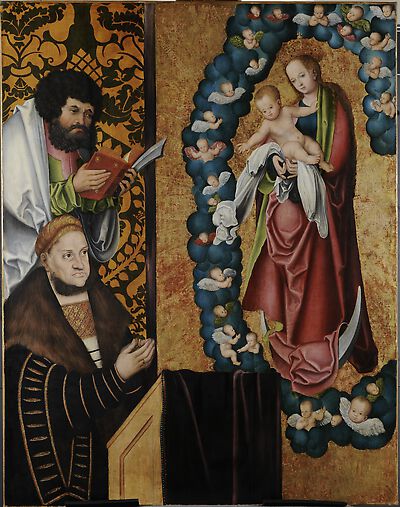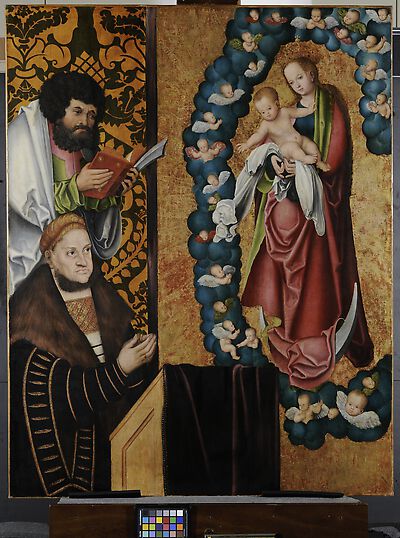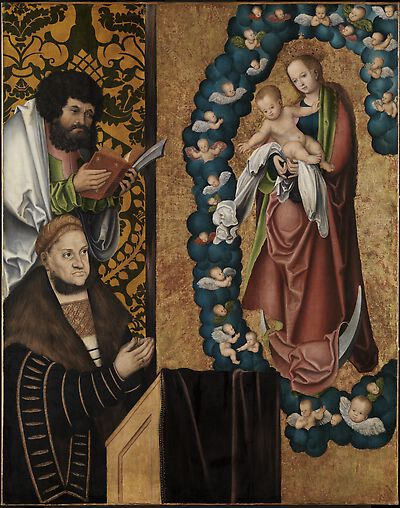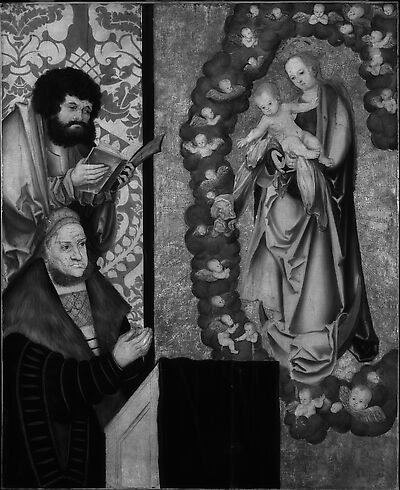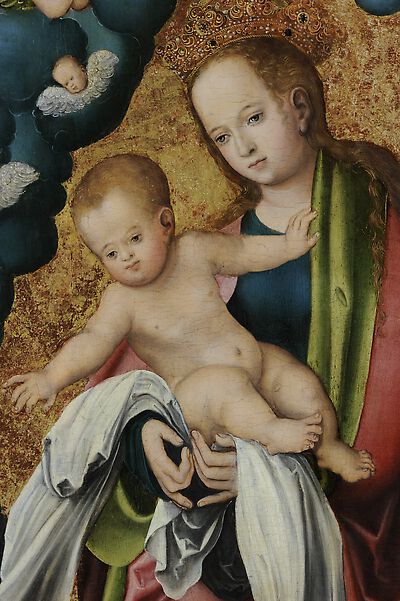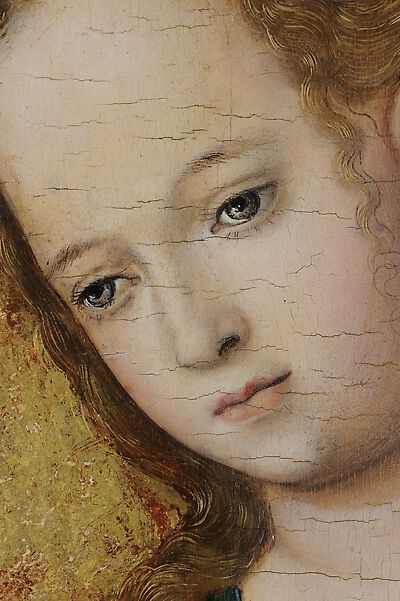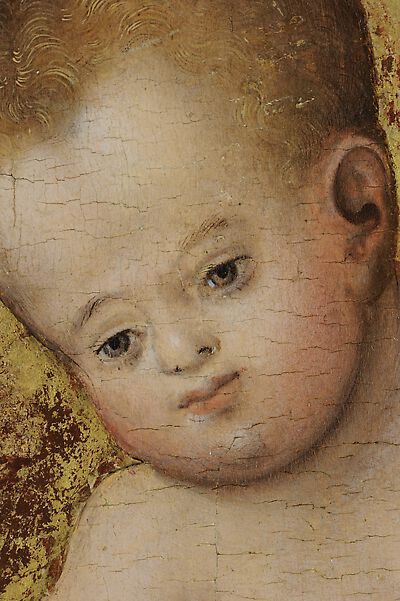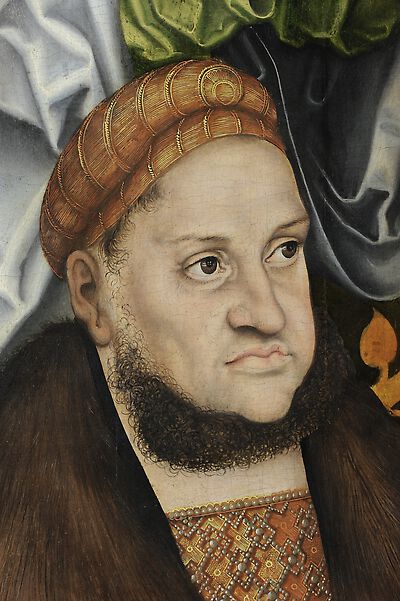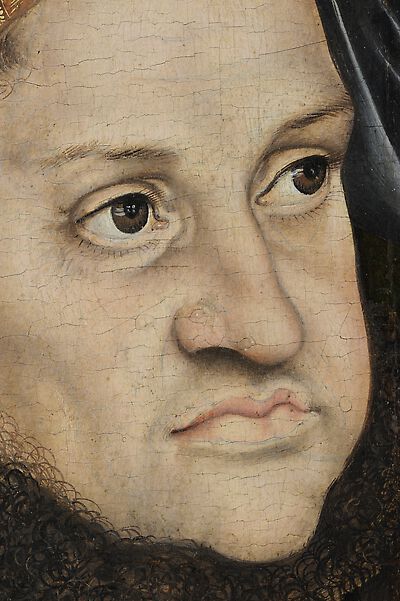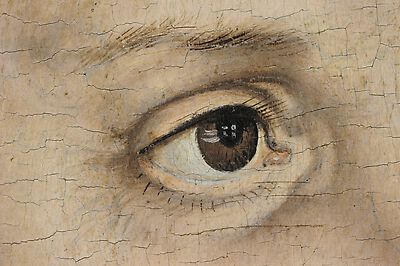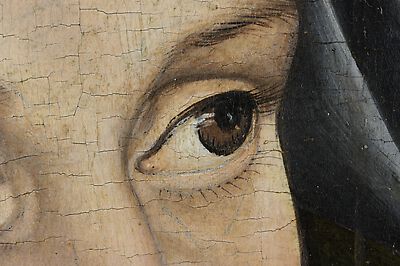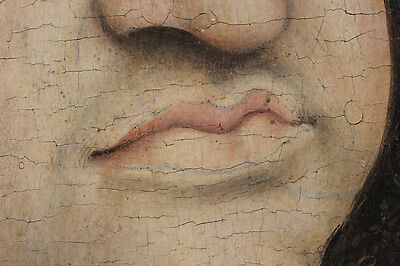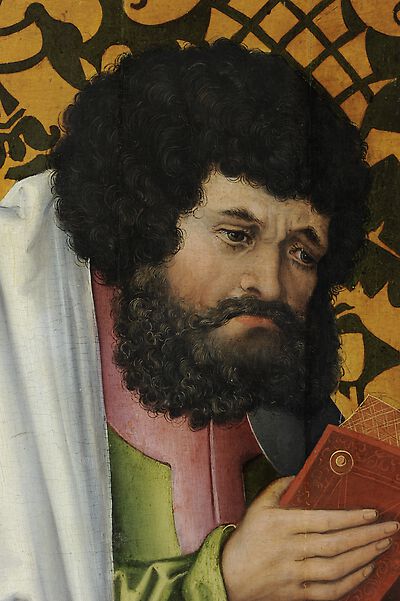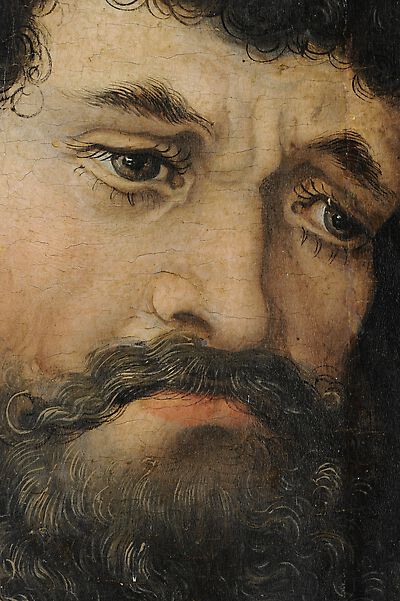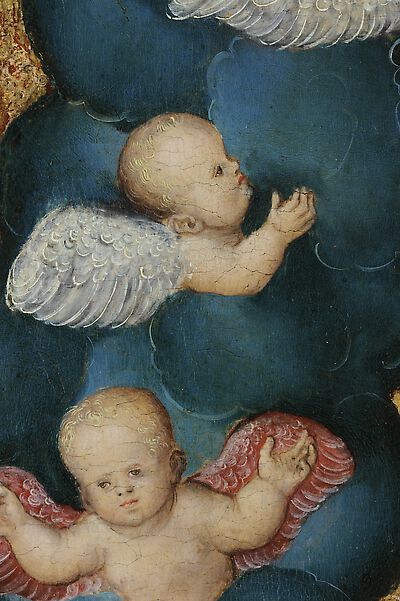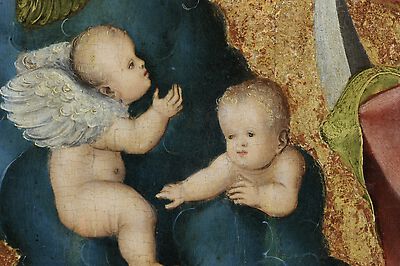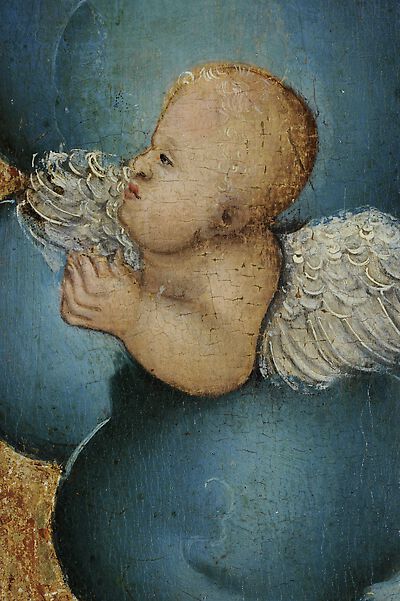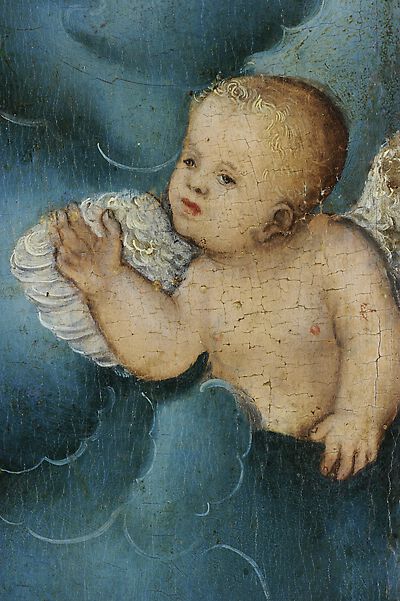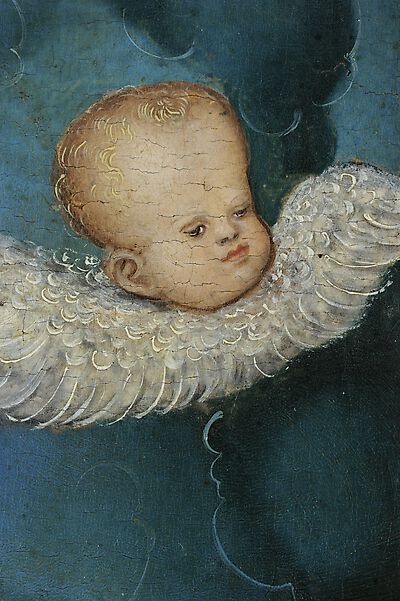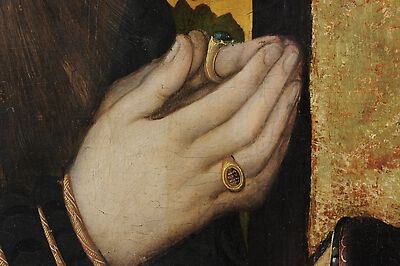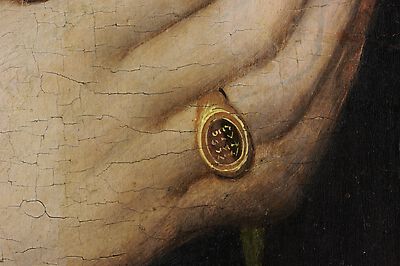| Heydenreich 2021 B |
60, 69 |
|
Fig. 5 |
| Author | Gunnar Heydenreich |
|---|
| Title | Hans Kemmer: Spuren künstlerischer Gestaltungsprozesse. Teil II: Wittenberg |
|---|
| Publication | in Dagmar Täube, ed., Lucas Cranach der Ältere und Hans Kemmer.
Meistermaler zwischen Renaissance und Reformation [Lübeck, St. Annen-Museum] |
|---|
| Place of Publication | Munich |
|---|
| Year of Publication | 2021 |
|---|
| Pages | 59-69 |
|---|
|
| Cat. Coburg 2018 |
123, fn. 11 |
under no. 22 |
|
| Author | Klaus Weschenfelder |
|---|
| Title | Cranach in Coburg. Gemälde von Lucas Cranach d.Ä., Lucas Cranach d.J., der Werkstatt und des Umkreises in den Kunstsammlungen der Veste Coburg |
|---|
| Place of Publication | Regensburg |
|---|
| Year of Publication | 2018 |
|---|
|
| Exhib. Cat. Gotha, Kassel 2015 |
103 |
under Nos. 6, 7 |
|
| Editor | Julia Carrasco, Justus Lange, Benjamin D. Spira, Timo Trümper, Stiftung Schloss Friedenstein, Gotha |
|---|
| Title | Bild und Botschaft. Cranach im Dienst von Hof und Reformation, [Gotha, Herzogliches Museum; Kassel, Gemäldegalerie Alte Meister, Schloss Wilhelmshöhe] |
|---|
| Place of Publication | Heidelberg |
|---|
| Year of Publication | 2015 |
|---|
|
| Messling 2010 |
15 |
|
8 |
| Author | Guido Messling |
|---|
| Title | Blicke auf Cranach |
|---|
| Publication | in Guido Messling, ed., Die Welt des Lucas Cranach. Ein Künstler im Zeitalter von Dürer, Tizian und Metsys, Exhib. Cat. Brussels |
|---|
| Place of Publication | Brussels |
|---|
| Year of Publication | 2010 |
|---|
| Pages | 12-25 |
|---|
|
| Böhlitz 2005 |
31, 39 Fn. 28 |
|
|
| Author | Michael Böhlitz |
|---|
| Title | Altargemälde von Lucas Cranach dem Älteren, Lucas Cranach dem Jüngeren und ihren Schülern im Chemnitzer Raum |
|---|
| Publication | in Harald Marx, Ingrid Mössinger, Karin Kolb, ed., Cranach. Exhib. Cat. Chemnitz |
|---|
| Place of Publication | Cologne |
|---|
| Year of Publication | 2005 |
|---|
| Pages | 18-43 |
|---|
|
| Bambach-Horst 1994 |
87-89 |
|
|
| Author | Eva Bambach-Horst |
|---|
| Title | Die Bildnisse Friedrichs des Weisen. Die Schematisierung eines Herrscherbildes zwischen Heiligenkult und Reformation [Dissertation] |
|---|
| Place of Publication | [Frankfurt a. M.] |
|---|
| Year of Publication | 1994 |
|---|
|
| Exhib. Cat. Karlsruhe 1992 |
73-79 |
12 |
|
| Author | Dietmar Lüdke, Ines Dresel, Horst Vey |
|---|
| Title | Christus und Maria. Auslegungen christlicher Gemälde der Spätgotik und Frührenaissance aus der Karlsruher Kunsthalle[Karlsruhe, Staatliche Kunsthalle] |
|---|
| Place of Publication | Karlsruhe |
|---|
| Year of Publication | 1992 |
|---|
|
| Cat. Karlsruhe 1988 |
55 |
|
|
| Title | 150 Gemälde vom Mittelalter bis zur Gegenwart |
|---|
| Place of Publication | Karlsruhe |
|---|
| Year of Publication | 1988 |
|---|
|
| Strieder 1975 |
170 |
|
|
| Author | Peter Strieder |
|---|
| Title | Lucas-Cranach-Ausstellung in Basel (Ausst. Besprechung) |
|---|
| Journal | Kunstchronik |
|---|
| Issue | Jg. 28, Heft 5 |
|---|
| Year of Publication | 1975 |
|---|
| Pages | 165-171 |
|---|
|
| Exhib. Cat. Basel 1974/1976 |
489-490 |
No. 339 |
Fig. 268 |
|
|
| Friedländer, Rosenberg 1932 |
|
76 |
|
|
|
| Flechsig 1900 B |
|
|
pl. 20 |
|
|
| Exhib. Cat. Dresden 1899 |
|
128 |
|
|
|
